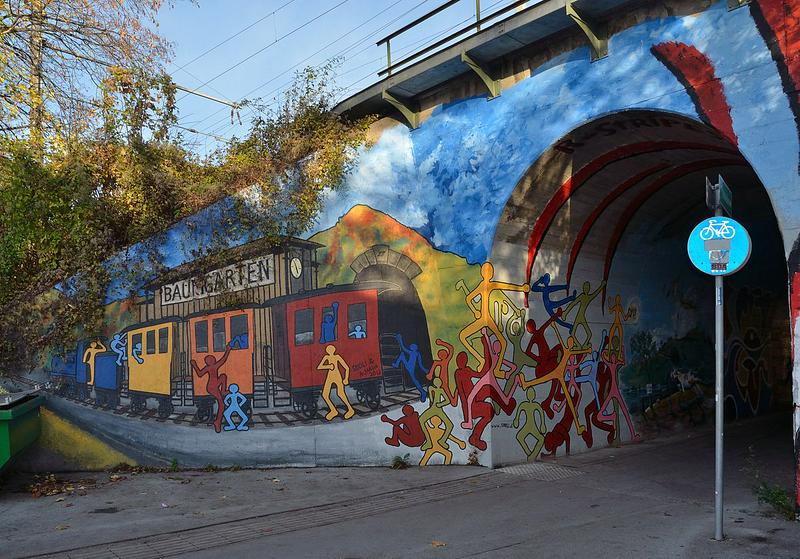Graffiti Was Here
By | December 7, 2019

The debate over graffiti has been ongoing for decades. Is it art? Is it vandalism? Should it be covered under freedom of expression? While these questions may never be answered, one thing is clear: the tendency of mankind to leave their mark on walls has been around since before the invention of written language.
The word graffiti, as well as its singular form “graffito,” is Italian and derived from the word “graffio,” meaning “a scratch.” However, the practice of “tagging” walls was happening long before there was a word to describe it. In fact, the earliest graffiti is believed to have been created between 13,000 and 9,000 B.C. The graffiti in question is “Cueva de las Manos”, a cave painting found in Santa Cruz, Argentina. Its name translates to “The Cave of Hands,” which is a pretty apt description of the cave painting which consists entirely of hands in various sizes and positions.

Thousands of years later, the Greeks and Romans were still at it, writing their names and poems on buildings. In Turkey, in what was once the location of the Greek city of Ephesus, there’s a drawing of a foot, a hand, a heart, and a number. According to the local guides there, it was an advertisement for prostitution. Graffiti has also been found in the ruins of Pompeii, the oldest of which includes a timestamp dating it to October 3, 78 B.C.

While one might expect an inscription from two thousand years ago to be something profound, but this one has been translated to say “Gaius Pumidius Diphilus was here.” A similar inscription by a Viking mercenary was found in the Hagia Sophia, declaring that “Halvdan was here.” It seems the need to declare one’s presence, whether it be in a church or a bathroom stall, is timeless. Other inscriptions in Pompeii included insults, declarations of love, and epitaphs, as well the more formal political campaigns, advertisements, and public notices.

Modern-day tagging first appeared in Philadelphia during the early 1960s and had spread to New York by the late 1960s. The medium of choice was spray paint and the subway trains were their surface, though buildings were also up for grabs. It wasn’t called graffiti at first but was referred to as “writing.” Most of the taggers were gang members marking their territory. It was The New York Times and novelist Norman Mailer who first referred to the tags as graffiti.
During the early 1970s, a messenger/writer named TAKI 183 (an abbreviation of his full name, Demetraki, and 183rd Street, on which he lived) made his mark with a marker, which he used to write his name at subway stations all over New York. He was featured in a 1971 article in The New York Times after which graffiti really took off and became more of an art form, including not just names but unique and stylish tags. By the mid-1970s, it was difficult to see out subway car windows because the trains were completely covered in graffiti.

While art galleries had begun to recognize the artistic, and therefore monetary, the value of these tags, New York mayor John Lindsey declared the first “war” on graffiti in 1972 and, by the 1980s, it had become nearly impossible to tag subway trains without getting caught. Therefore, building walls and roofs took over as canvases, though some artists used actual canvases. Many former taggers, like Jean-Michel Basquiat and Keith Haring, became successful artists. The French artist Blek le Rat, along with British artist Banksy, achieved international fame by introducing a new genre of graffiti using stencils.

